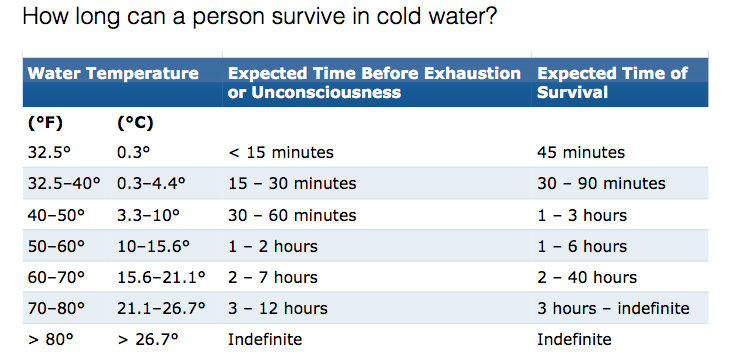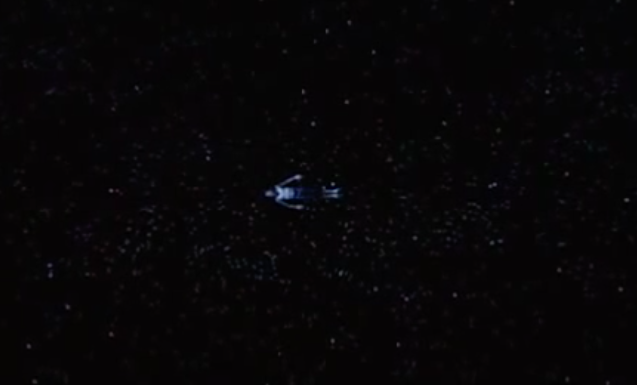One hot, dry September nearly a decade ago, I traveled with two friends to swim in the lakes south of the Grand Coulee Dam in eastern Washington. We spent hours in both Lake Lenore and Banks Lake swimming in the refreshingly cool water after long hikes in the dry, cactus-loving hills above the lakes. And I do mean swimming—crawl, breast stroke, back stroke—not just dipping into the shallows to cool off.
Ten years ago, I was newish to Washington and to the story of the Missoula Floods that shaped this strange landscape. I remember being impressed by the strange basalt cliffs and asking my family to imagine the boulder fields of Joshua Tree National Monument laid out in the bottom of the Grand Canyon and then to imagine the canyon flooded with water to leave the tops of the boulders exposed. That’s what it was like swimming in these lakes. When I turned my head to breathe while swimming in Lake Lenore, my face was inches from the sheer basalt walls. In Banks Lake, you could swim into a maze-like cove strewn with sun-warmed boulders, crawl out onto a boulder to warm up, then slip right back into the water.
It was sublime.
But I had since forgotten exactly where that Banks Lake cove was and I wanted to swim there again. After a spate of unseasonably warm March days in Olympia, I packed my wetsuit and my husband and I strapped the canoe on the car for a weekend at the lake.
Alas, Banks Lake was not how I remembered it.
Why didn’t anyone tell me it got really really cold in eastern Washington in winter? Photo by M.D. .Ruth.
Yes, that’s ice. Except for the liquid water along the nearshore, Banks Lake was frozen.
Yes, I could have found this out with a simple phone call, but it was inconceivable to me that all that water could have frozen at all or could still be frozen. Though I’ve been living in Washington for 12 years, I am still very newish to eastern Washington.
I was disappointed but luckily, there was a vast landscape to explore by foot and car. There was much geology to see and understand. And I was happy to embrace the legacy of the Missoula Floods without installing an ice-breaker on the prow of our canoe or getting hypothermia.
Embracing the Missoula Floods meant doing my homework and reading a few of the excellent books on this subject. It meant studying the interpretive signs posted along the highways that lead from Soap Lake to the Grand Coulee Dam along Highways 17 and 155. It meant asking my husband (the geology major) lots of questions he cannot answer because it’s just too incredible. And—most importantly—it meant giving my imagination plenty of time to expand to take in the scope and magnitude of the floods.
Next Blog: Why Banks Lake is a lake and why it is where it is.










